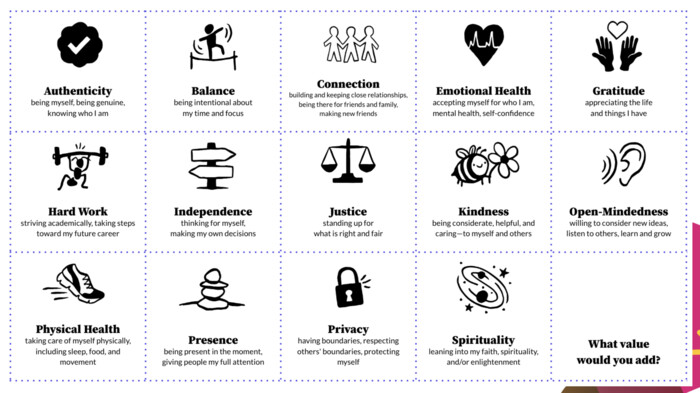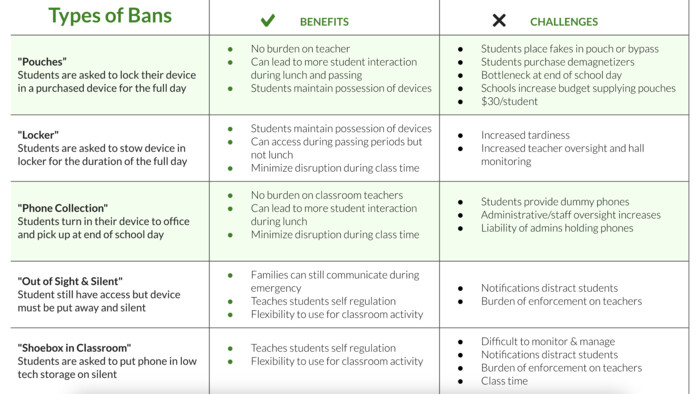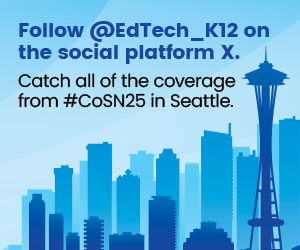One audience member noted that many parents aren’t modeling responsible cellphone use at home. “What’s happening at home is killing us in the classroom,” he said.
Others noted further complexities in creating and enacting policies.
Cellphone Bans Come With Fine Lines and Many Considerations
The Tuesday session gave attendees numerous opportunities to engage with its content and one another. The room quickly came alive with conversation as participants took the opportunity to share thoughts, concerns and questions.
“At one point, teachers and students were asked to use their devices as an instructional tool,” one attendee called out, adding that it then caused confusion when the policy changed to forbid those same devices. “It’s like trying to put the toothpaste back in the tube,” another conferencegoer said in agreement.
LEARN MORE: Optimize K–12 devices for long-term success.
Someone also spoke up about the nature of the session itself. “We’re supposed to be preparing these kids for their futures, and we’re sitting here using devices,” she said. “How do we teach them the best way to use the devices?”
She went on to compare cellphone use in daily life to driving a car: You wouldn’t hand car keys to a teenager and give them unsupervised use of a vehicle without first teaching them how to drive.
“From a legislative standpoint, how do you ban cellphones in schools?” a different participant asked. “Do you send a police officer and arrest a child for having a cellphone?”
Lapus noted that it was a contentious topic and added that he couldn’t tell participants what they should do. He shared that bans don’t have to be all or nothing, and he encouraged school leaders to find policies that work with their state’s laws, where applicable, and their goals as institutions.
Megan Andrews, an education technology director at Antelope Valley Union High School District, noted that her district is favoring an “off and away” policy while providing strategic supports in classroom so that it’s “not a fight.”















